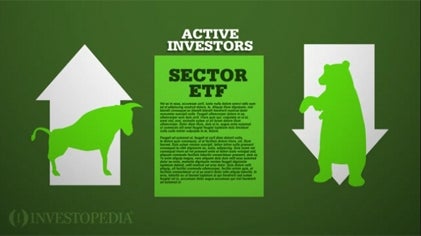Foreign Direct Investment, popularly known by its acronym FDI, is a key component in global economic integration.FDI is a form of cross-border investment with the objective of establishing a lasting interest that a resident enterprise based in one country might have in an enterprise operating in another country. Lasting interest implies a significant degree of influence on the management of the enterprise along with building up a long-term rapport between the direct investor and the direct investment enterprise. According to the Organization for Economic Co-operation and Development (OECD), ownership of 10% of the voting power by the foreign investor is an evidence of such a relationship. FDIs can be achieved by one of two strategies. The first strategy is for the company to set up new factories and plants from the ground up. This method is called a ‘greenfield investment’. Companies like McDonald's and Starbucks tend to use the greenfield approach when expanding overseas. The second FDI strategy is through cross-border mergers and acquisitions that involve acquiring an existing foreign enterprise in the country of interest. This method is called a ‘brownfield investment’. An example of a brownfield investment occurred in 2008, when the Indian truck company Tata Motors acquired Land Rover and Jaguar from Ford. Tata Motors didn't have to build those factories from scratch. FDIs can also be classified into horizontal and vertical forms. A company investing in the same business abroad that it operates domestically is a case of a horizontal FDI. On the other hand, vertical FDI occurs if a company invests in a business that plays the role of a supplier or a distributor. FDIs are seen as a healthy way for less-developed and developing nations to overcome their saving-investment gap, which limits the level of domestic investment. FDIs fill such gaps by bringing foreign investment into the country, as well as bridging gaps in management, technology, entrepreneurship and skills.





